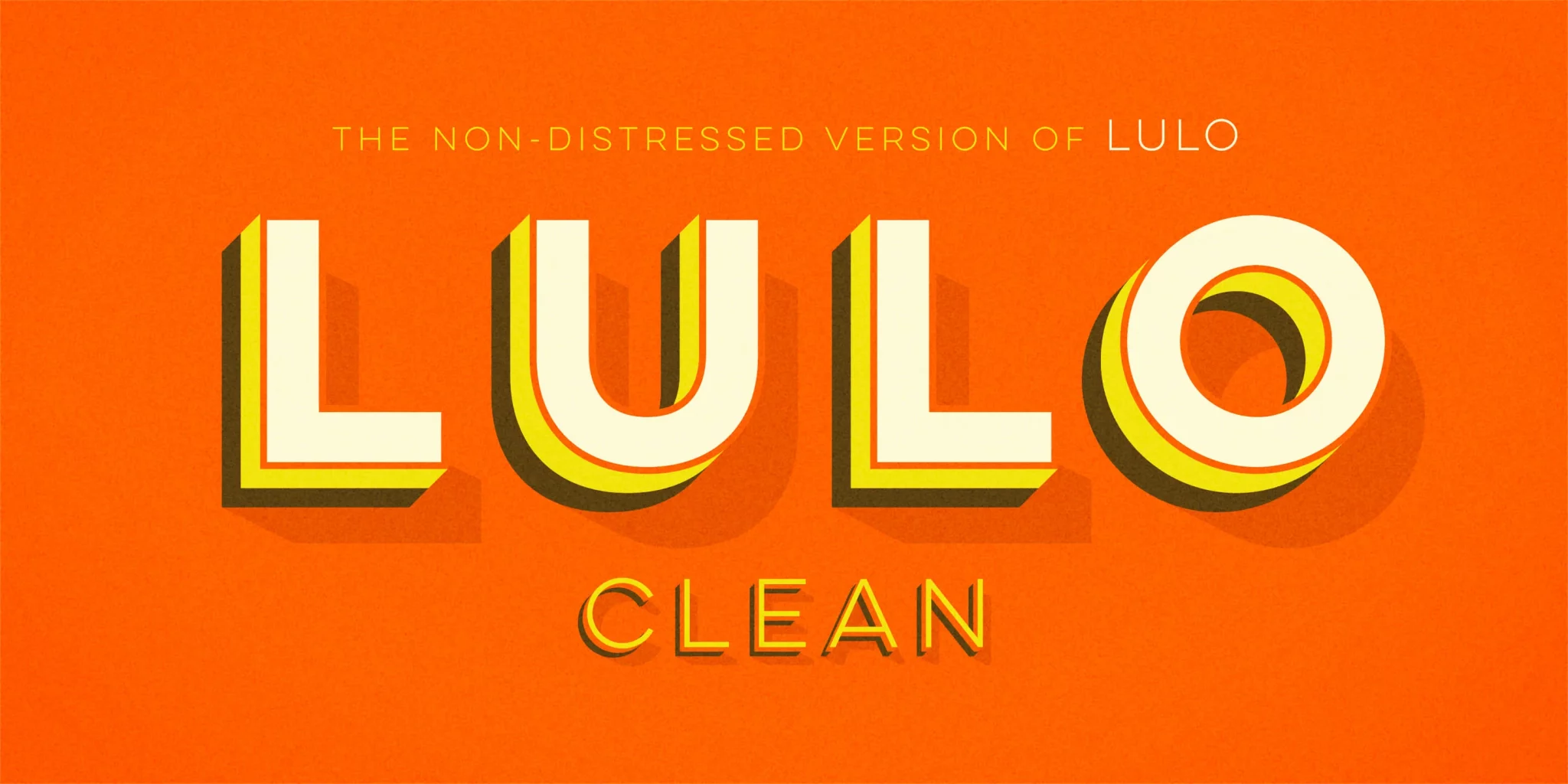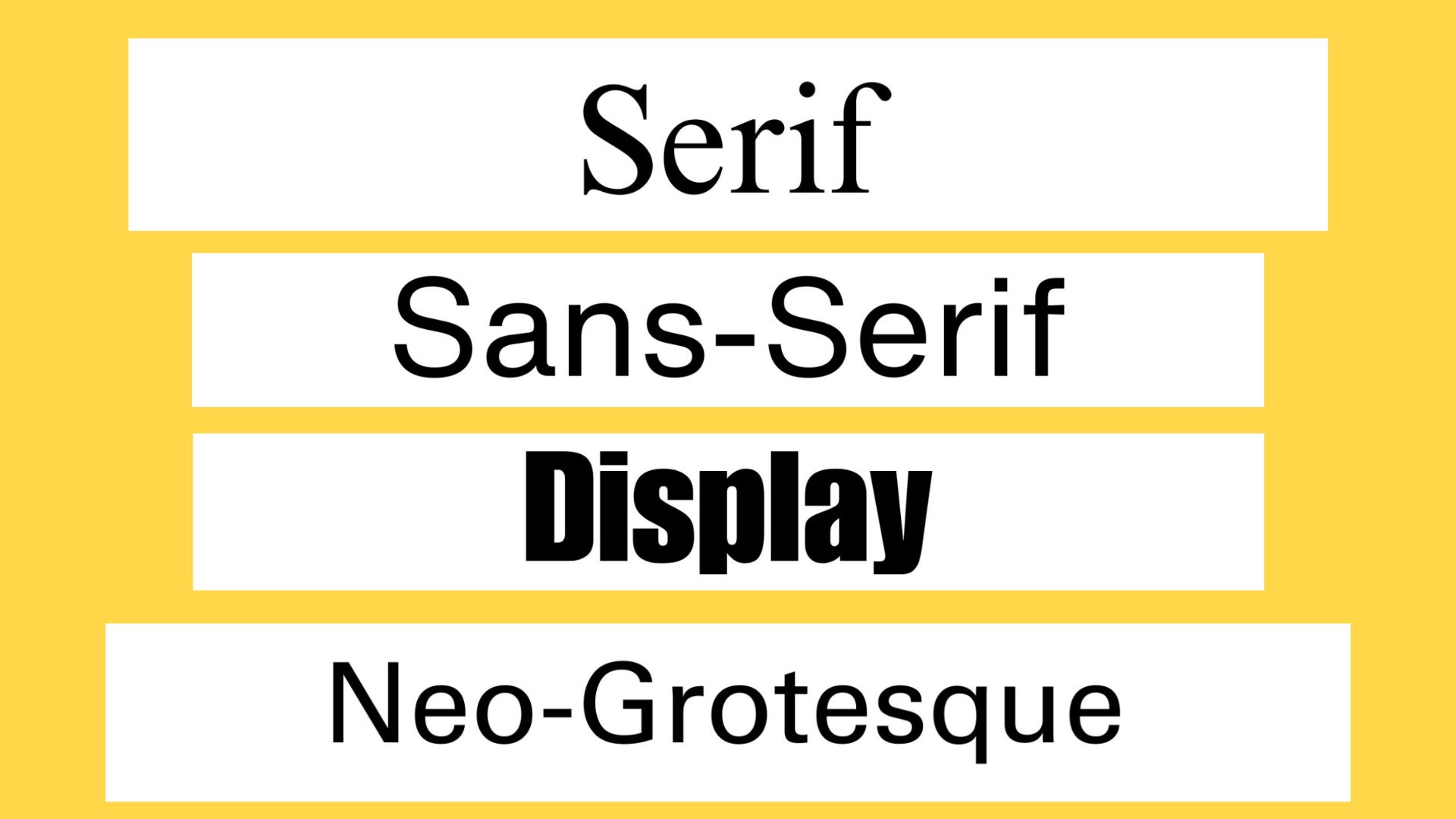
Fonts play a crucial role in design and communication, influencing how a message is perceived by its audience.
With a wide variety of font styles available, each type serves a unique purpose, whether for readability, aesthetics, or creating a specific mood.
This blog will explore 30 different font styles, providing an overview of their characteristics and common uses.
Understanding these styles can help you make informed choices in your design projects.
Different Types of Fonts Style
1. Serif
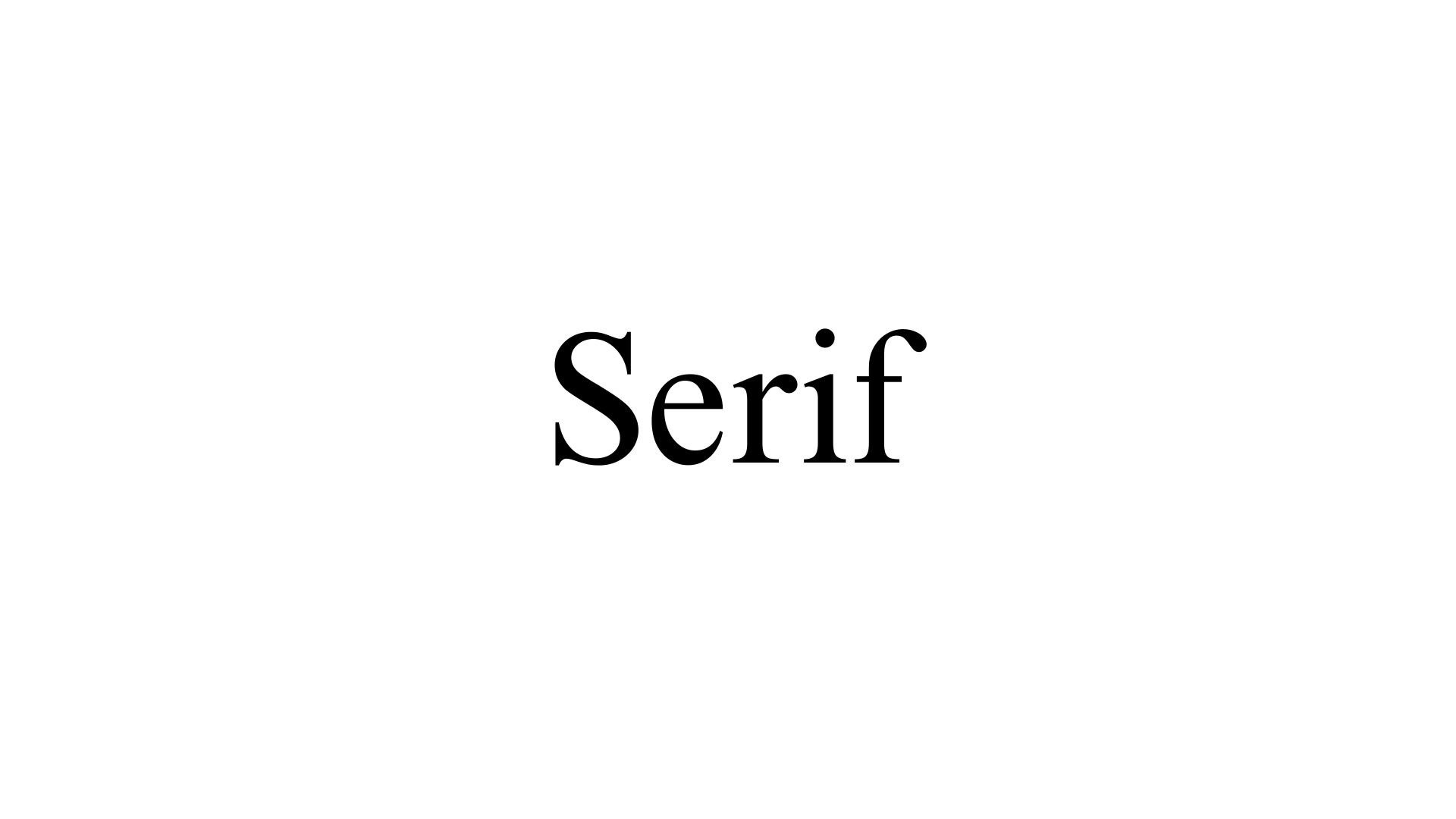
Serif fonts are characterized by small lines or extensions at the ends of their strokes.
These fonts are often seen as traditional and formal, making them popular for print materials like books, newspapers, and formal documents.
Common examples include Times New Roman and Georgia.
- Characteristics: Small lines (serifs) at the end of strokes
- Common Uses: Books, newspapers, formal documents
- Examples: Times New Roman, Georgia
2. Sans-Serif
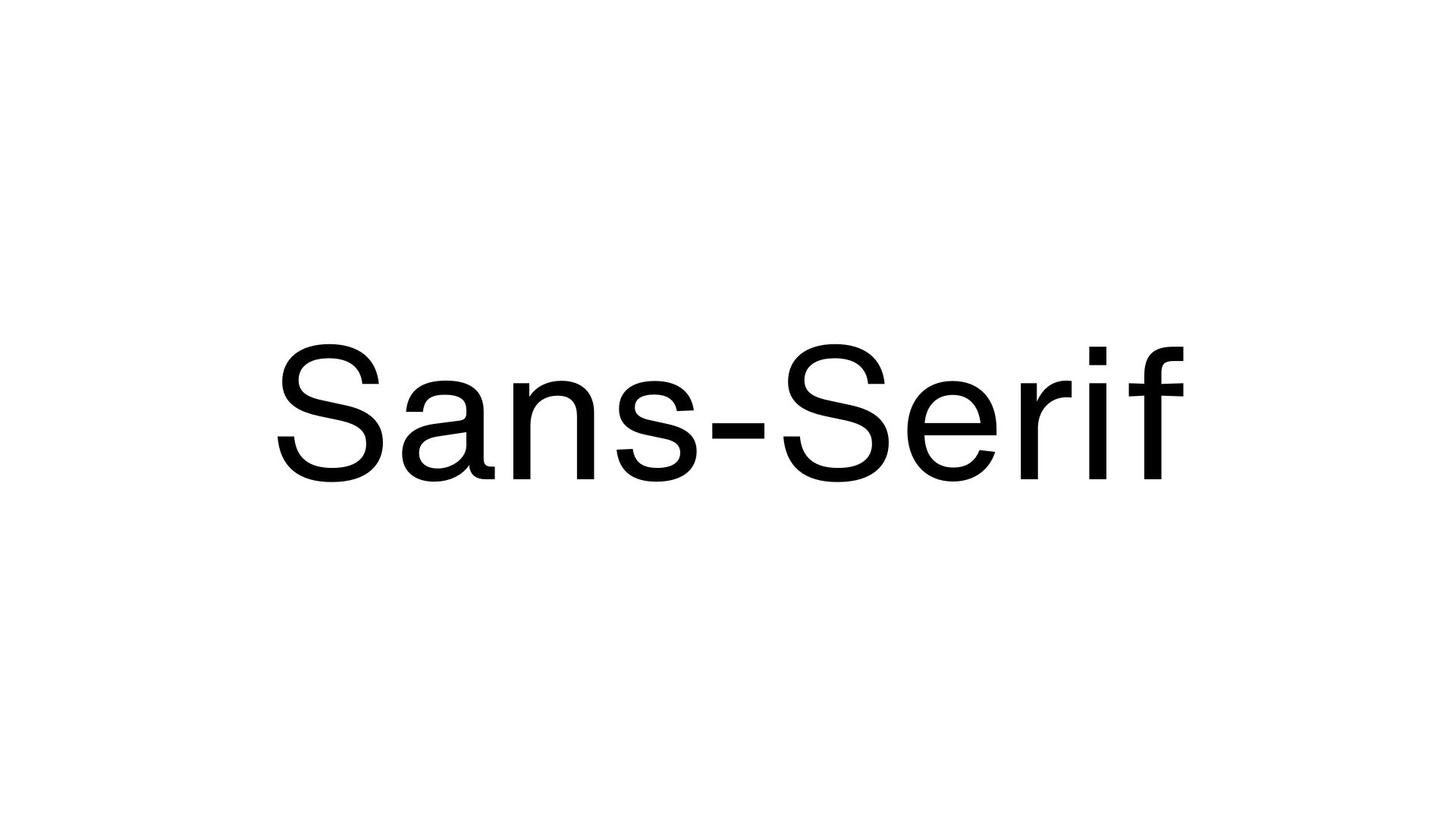
Sans-serif fonts lack the small lines (serifs) at the end of their strokes, giving them a clean and modern appearance.
Due to their readability on screens, these fonts are often used for digital content and informal materials.
Popular examples include Arial and Helvetica.
- Characteristics: No serifs, clean lines
- Common Uses: Digital content, informal materials
- Examples: Arial, Helvetica
3. Script

Script fonts mimic the fluid strokes of handwritten text, often appearing elegant and decorative.
These fonts are commonly used in invitations, logos, and other designs that require a personal touch.
Examples include Brush Script and Lucida Handwriting.
- Characteristics: Fluid, handwritten appearance
- Common Uses: Invitations, logos, personal touches
- Examples: Brush Script, Lucida Handwriting
4. Monospace

Monospace fonts have characters that occupy the same amount of horizontal space.
This uniformity makes them ideal for coding, typewriters, and technical documentation.
Examples of monospaced fonts include Courier and Consolas.
- Characteristics: Uniform character width
- Common Uses: Coding, typewriters, technical documents
- Examples: Courier, Consolas
5. Slab Serif
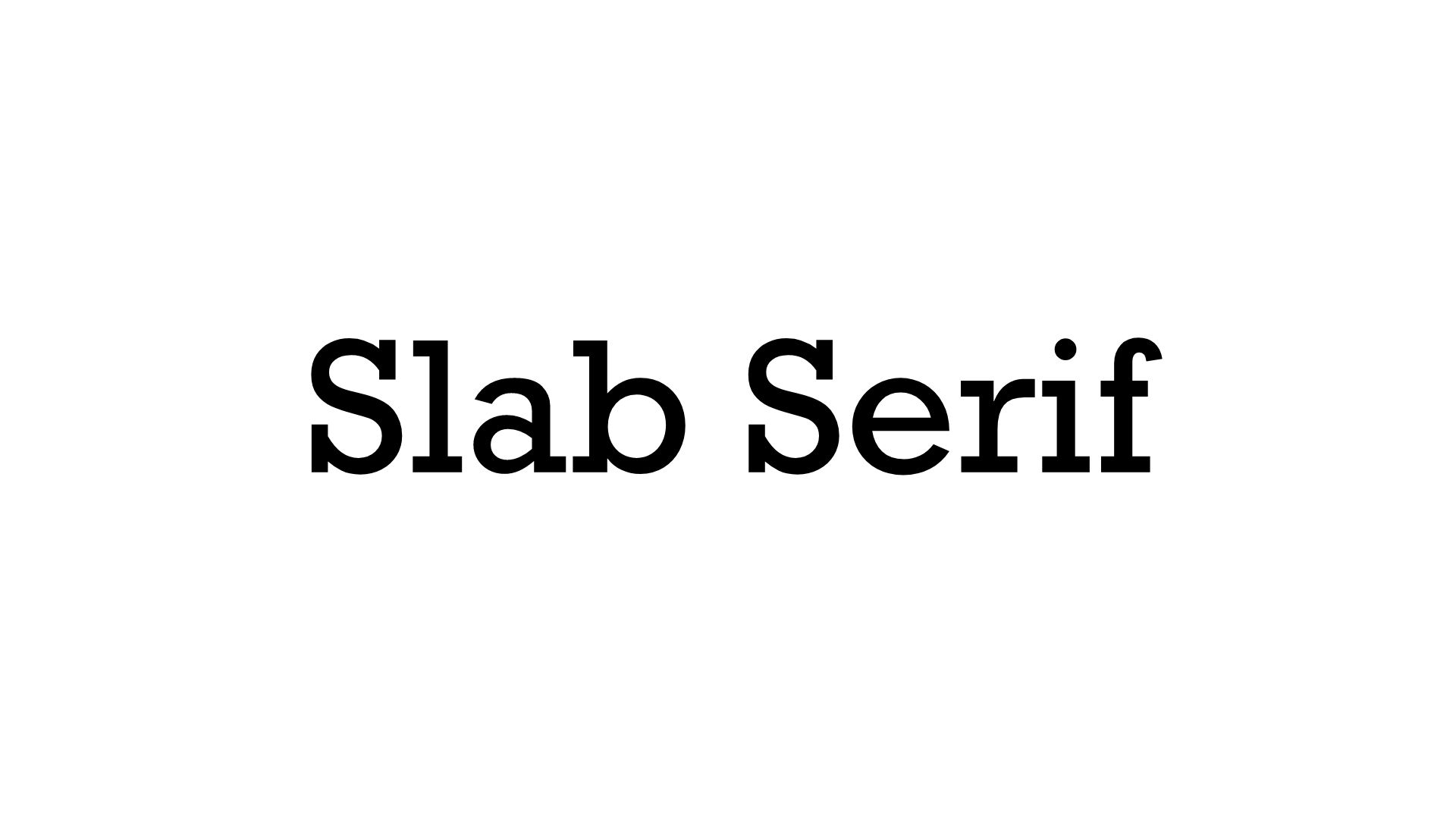
Slab Serif fonts are a variation of serif fonts featuring thick, block-like serifs.
They have a bold and impactful look, making them suitable for headlines, posters, and branding.
Examples include Rockwell and Clarendon.
- Characteristics: Thick, block-like serifs
- Common Uses: Headlines, posters, branding
- Examples: Rockwell, Clarendon
6. Blackletter

Blackletter fonts, or Gothic or Old English, are characterized by their dense, intricate design.
These fonts are often associated with medieval manuscripts and are used in logos, tattoos, and formal invitations.
Examples include Old English Text and Fraktur.
- Characteristics: Dense, intricate design
- Common Uses: Logos, tattoos, formal invitations
- Examples: Old English Text, Fraktur
7. Display
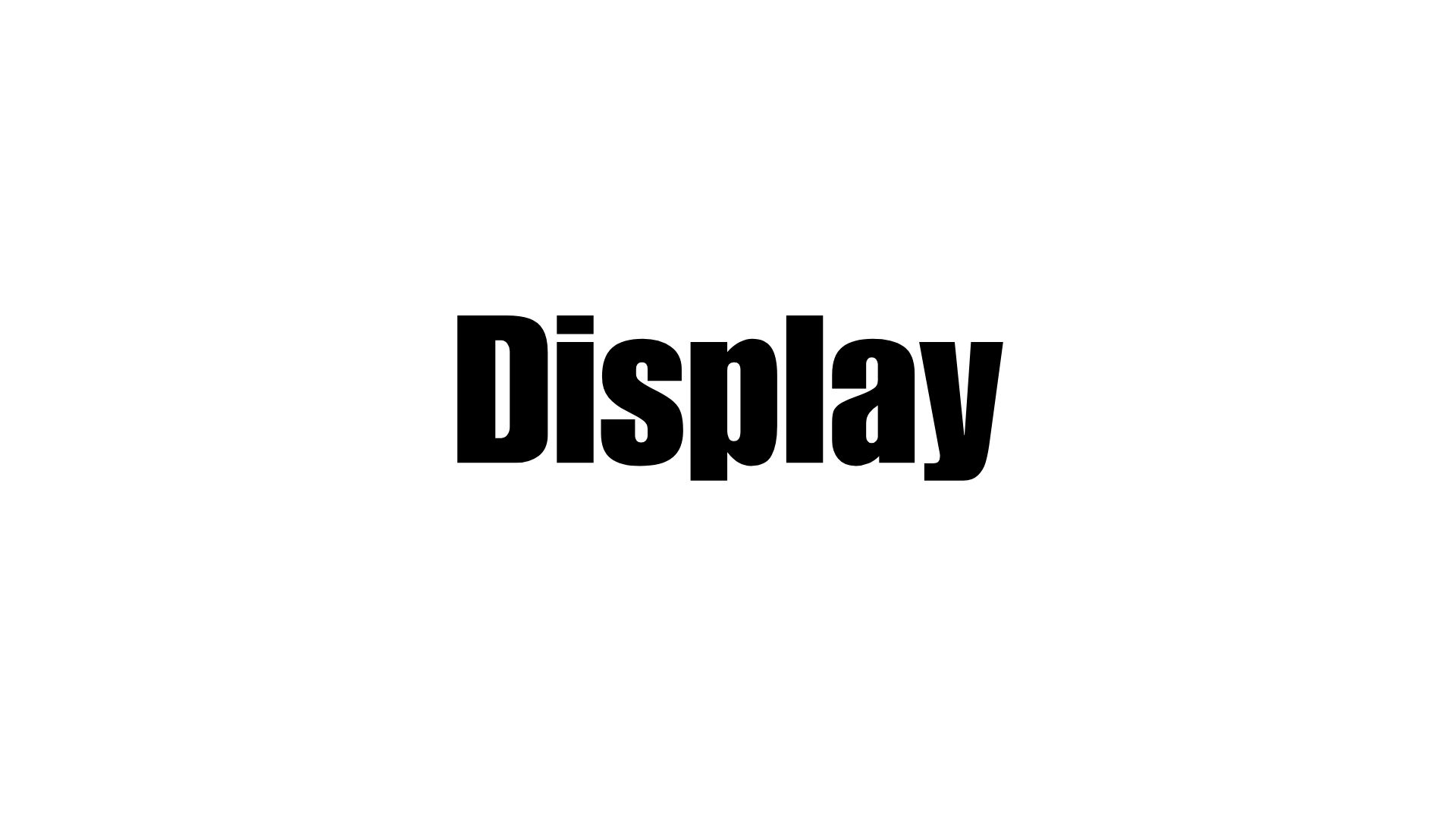
Display fonts are designed for large sizes, such as headlines or posters, where their unique and decorative characteristics can be fully appreciated.
They are often bold and attention-grabbing. Examples include Impact and Cooper Black.
- Characteristics: Bold, decorative, attention-grabbing
- Common Uses: Headlines, posters, signage
- Examples: Impact, Cooper Black
8. Handwriting
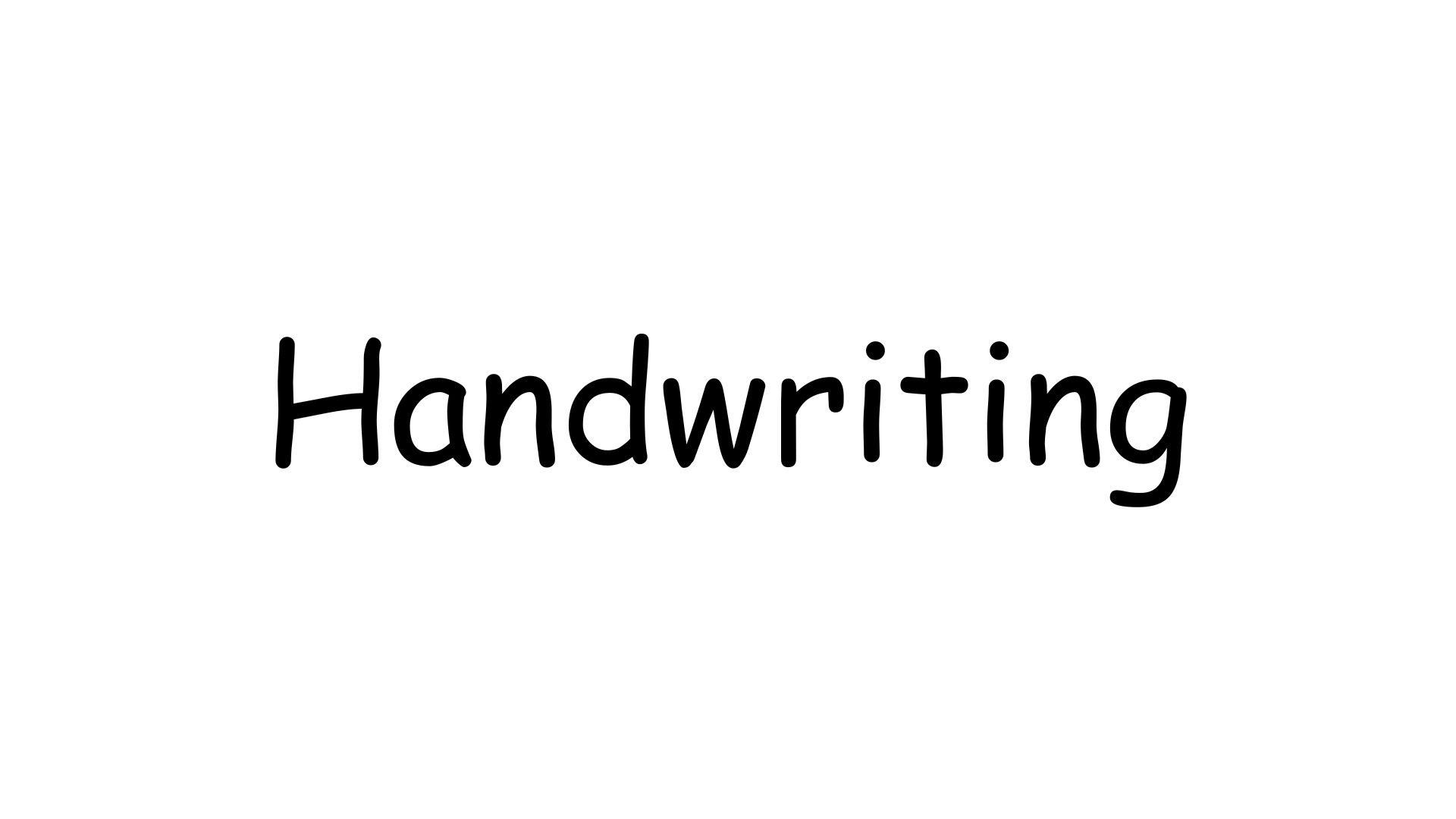
Handwriting fonts emulate the natural flow of human handwriting.
They are often informal and personal, making them suitable for invitations, greeting cards, and other designs that require a personal touch.
Examples include Comic Sans and Kristen ITC.
- Characteristics: Natural, handwritten appearance
- Common Uses: Invitations, greeting cards, personal touches
- Examples: Comic Sans, Kristen ITC
9. Old Style
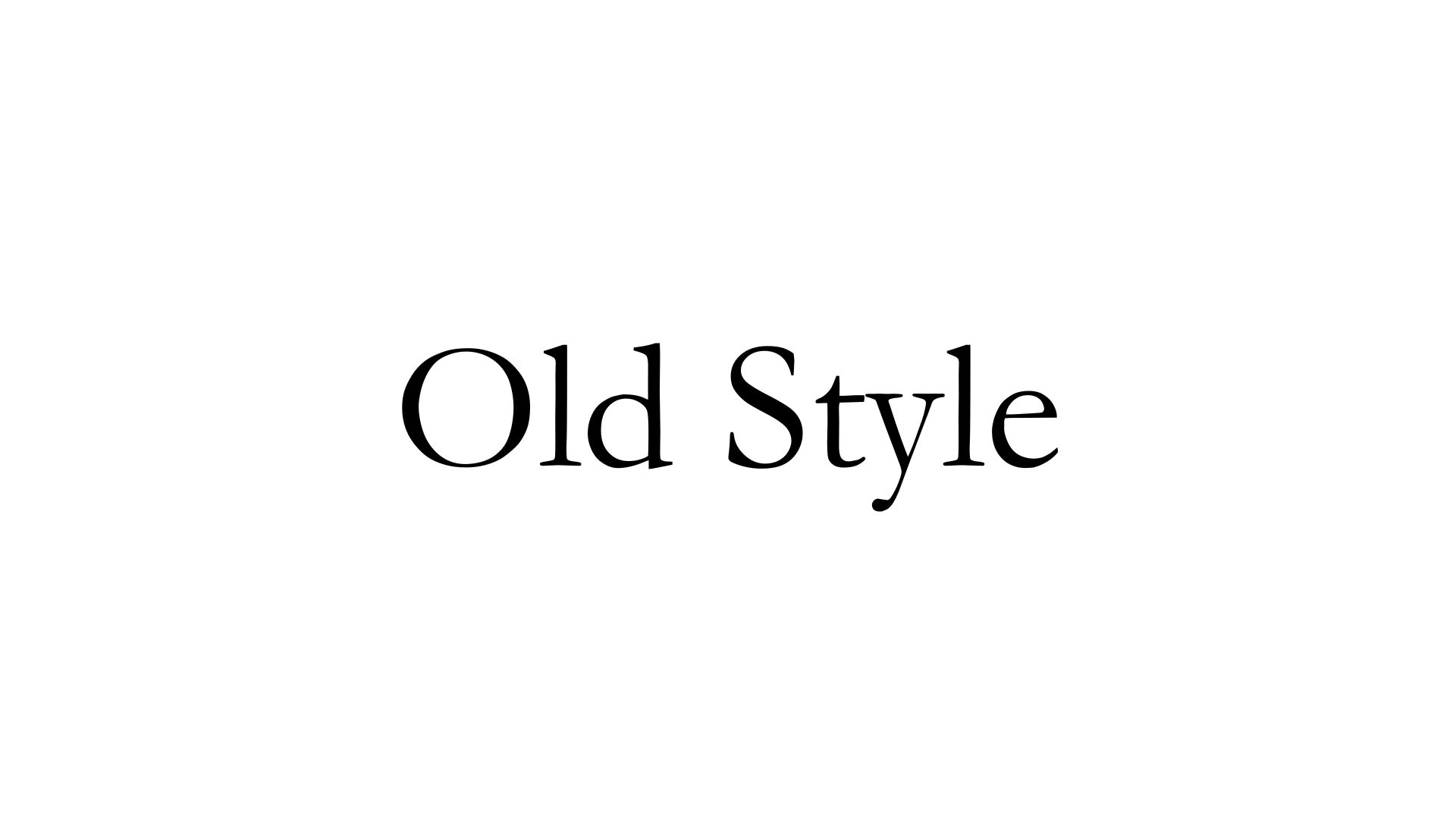
Old Style fonts are a subtype of serif fonts that originated during the Renaissance.
They are characterized by their moderate contrast between thick and thin strokes and are often used in books and formal documents.
Examples include Garamond and Caslon.
- Characteristics: Moderate stroke contrast, traditional look
- Common Uses: Books, formal documents
- Examples: Garamond, Caslon
10. Modern
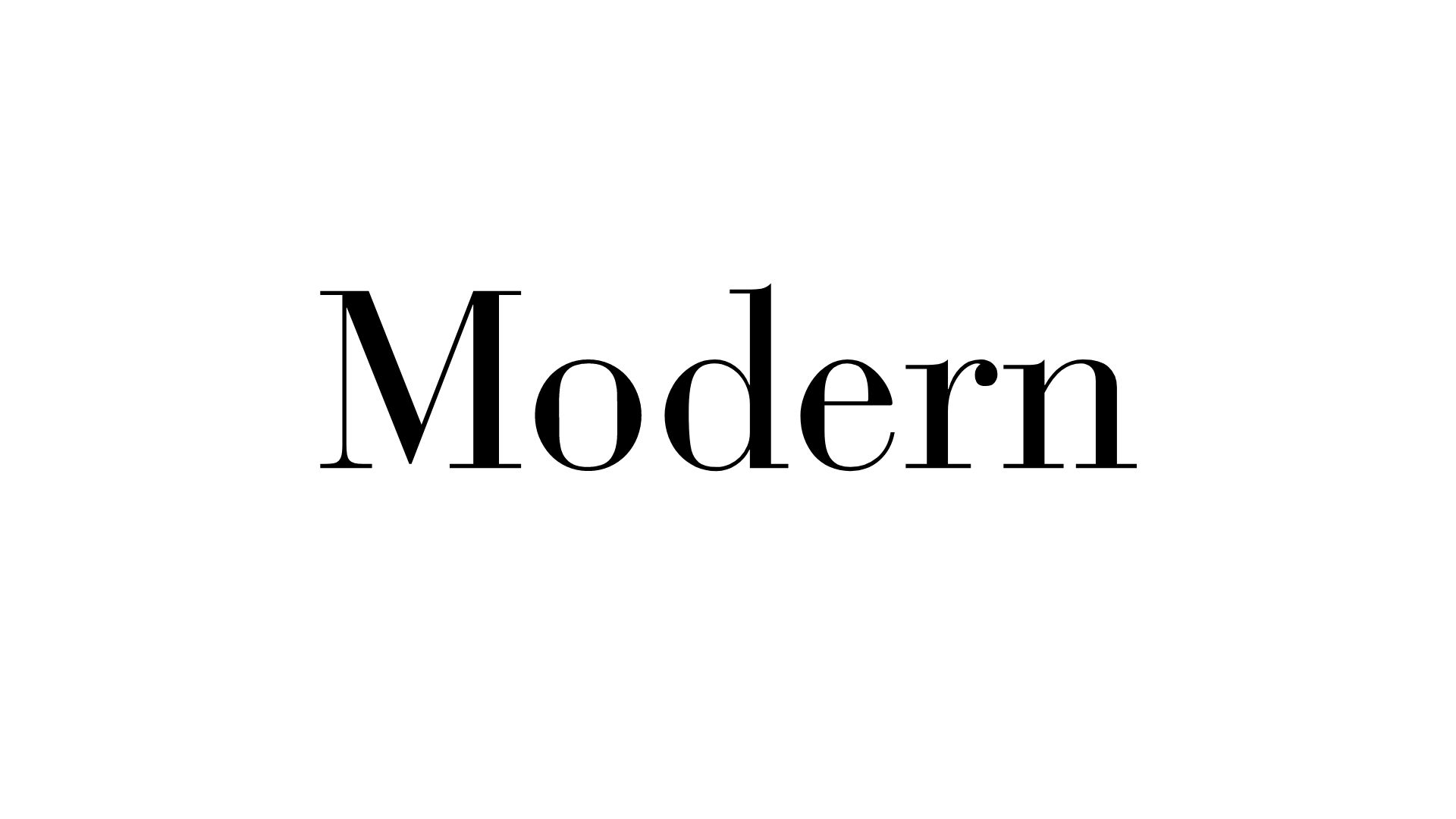
Modern fonts are serif fonts characterized by high contrast between thick and thin strokes and a sleek, stylish appearance.
They are often used in fashion magazines and luxury branding.
Examples include Bodoni and Didot.
- Characteristics: High contrast, sleek appearance
- Common Uses: Fashion magazines, luxury branding
- Examples: Bodoni, Didot
11. Transitional
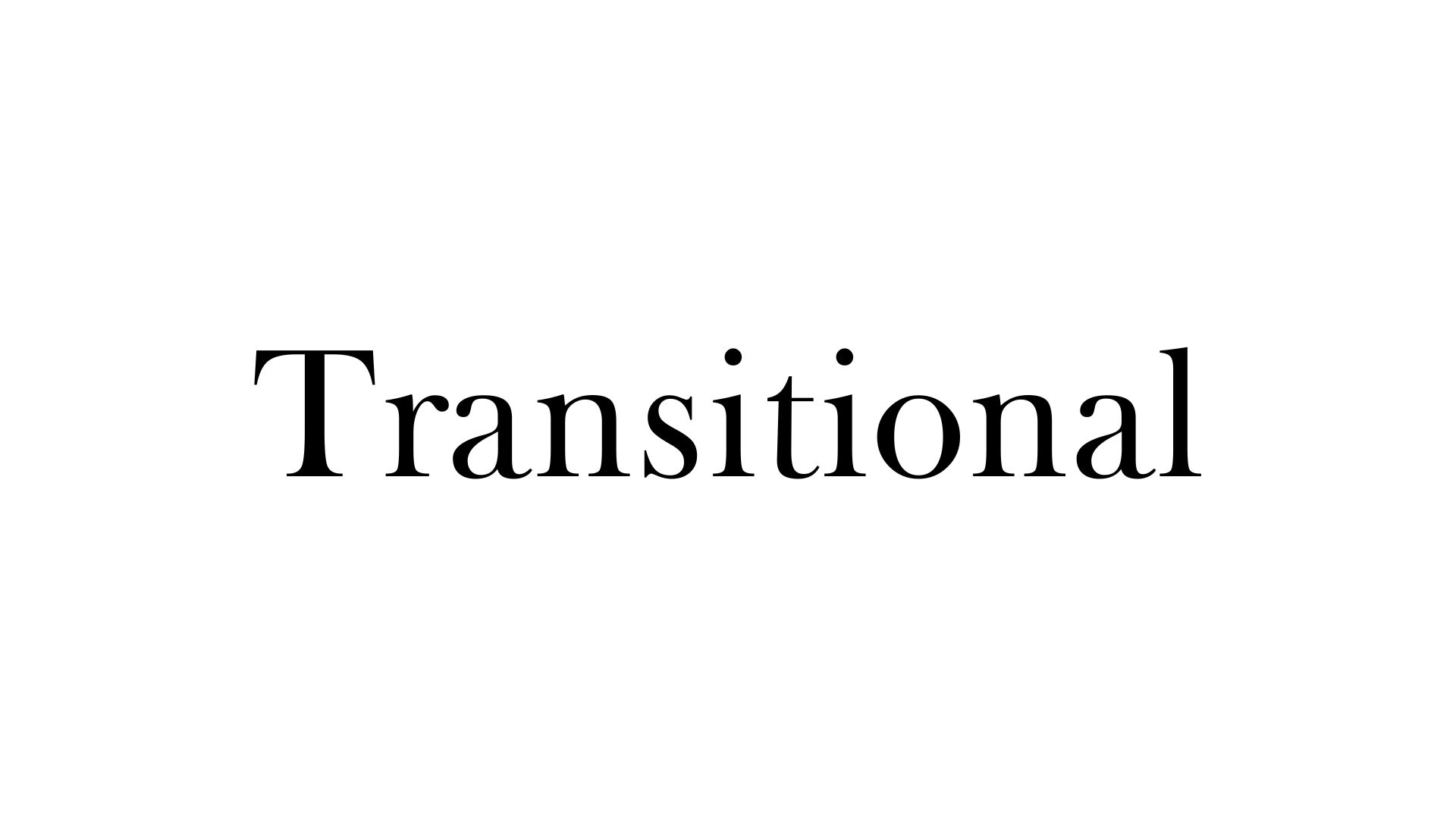
Transitional fonts bridge the gap between Old Style and Modern fonts, featuring balanced proportions and moderate contrast between strokes.
They are versatile and commonly used in both print and digital media.
Examples include Times New Roman and Baskerville.
- Characteristics: Balanced proportions, moderate contrast
- Common Uses: Print and digital media
- Examples: Times New Roman, Baskerville
12. Humanist
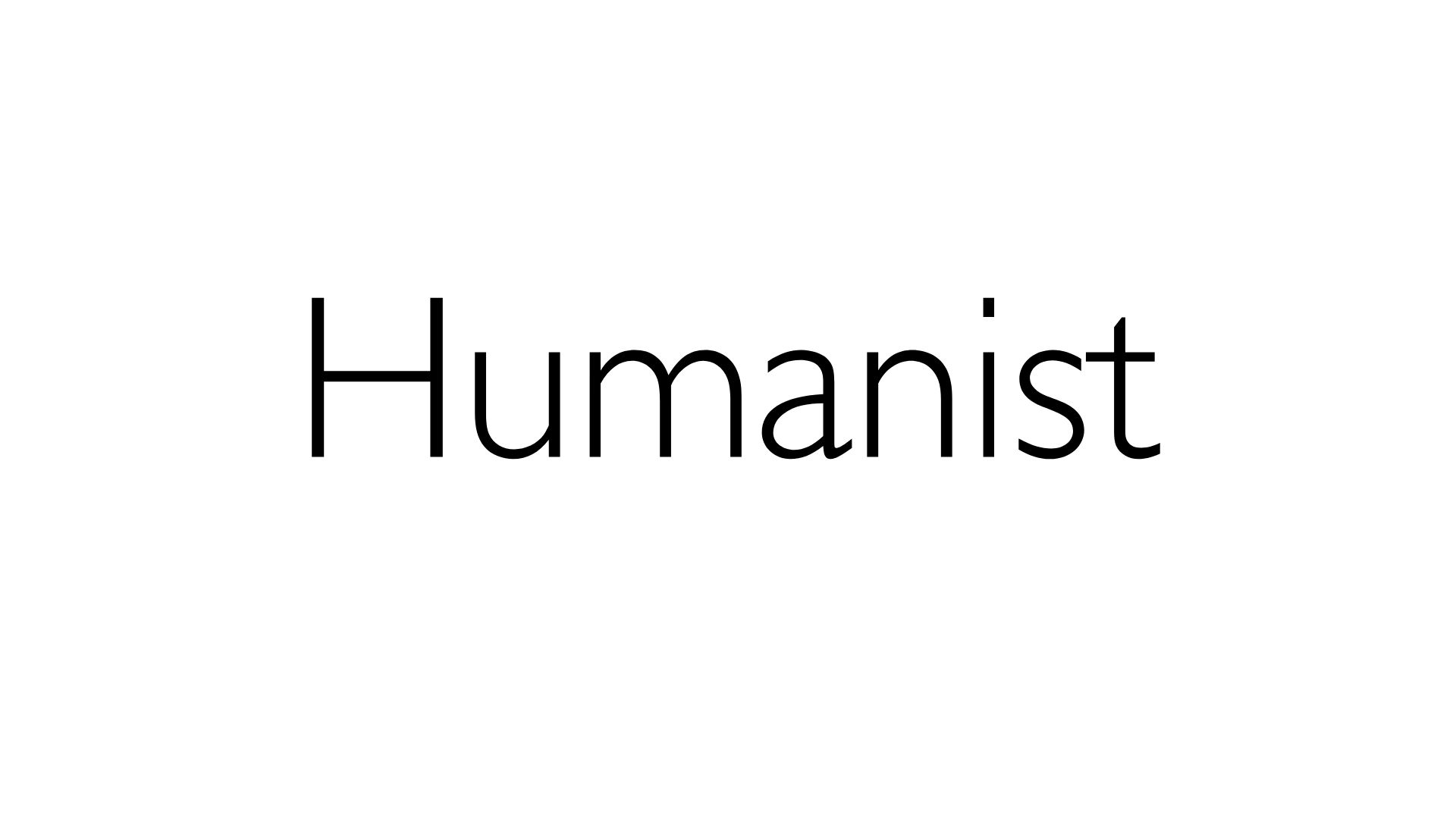
Humanist fonts are a subtype of sans-serif fonts emphasizing readability and humanist principles with more organic, calligraphic shapes.
They are often used in body text for digital and print media.
Examples include Gill Sans and Optima.
- Characteristics: Organic, calligraphic shapes
- Common Uses: Body text, digital and print media
- Examples: Gill Sans, Optima
13. Geometric Sans-Serif
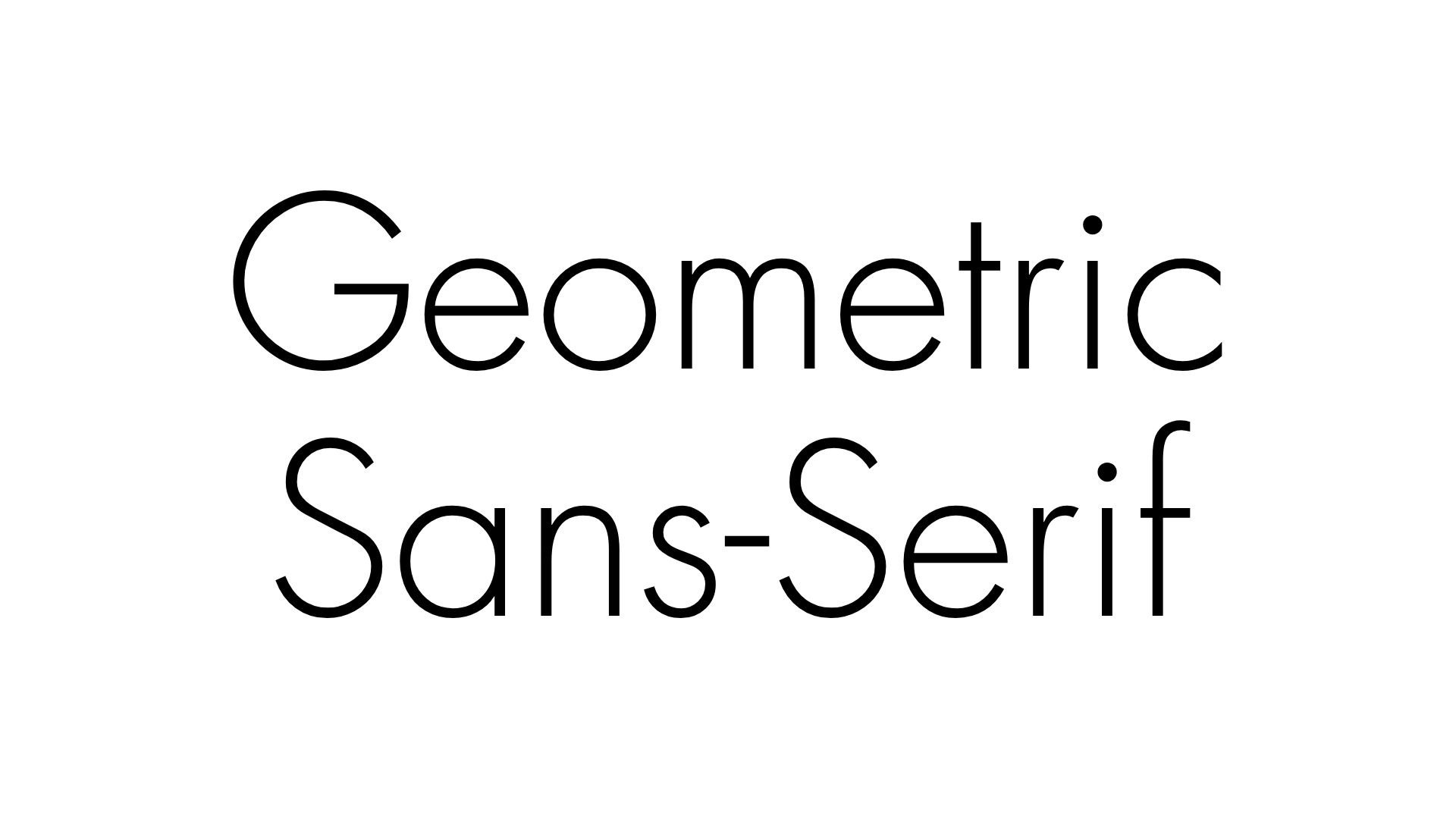
Geometric Sans-Serif fonts are based on geometric shapes like circles and squares.
They have a modern, clean look and are often used in logos, signage, and digital interfaces.
Examples include Futura and avant-garde.
- Characteristics: Based on geometric shapes, clean lines
- Common Uses: Logos, signage, digital interfaces
- Examples: Futura, Avant Garde
14. Grotesque Sans-Serif
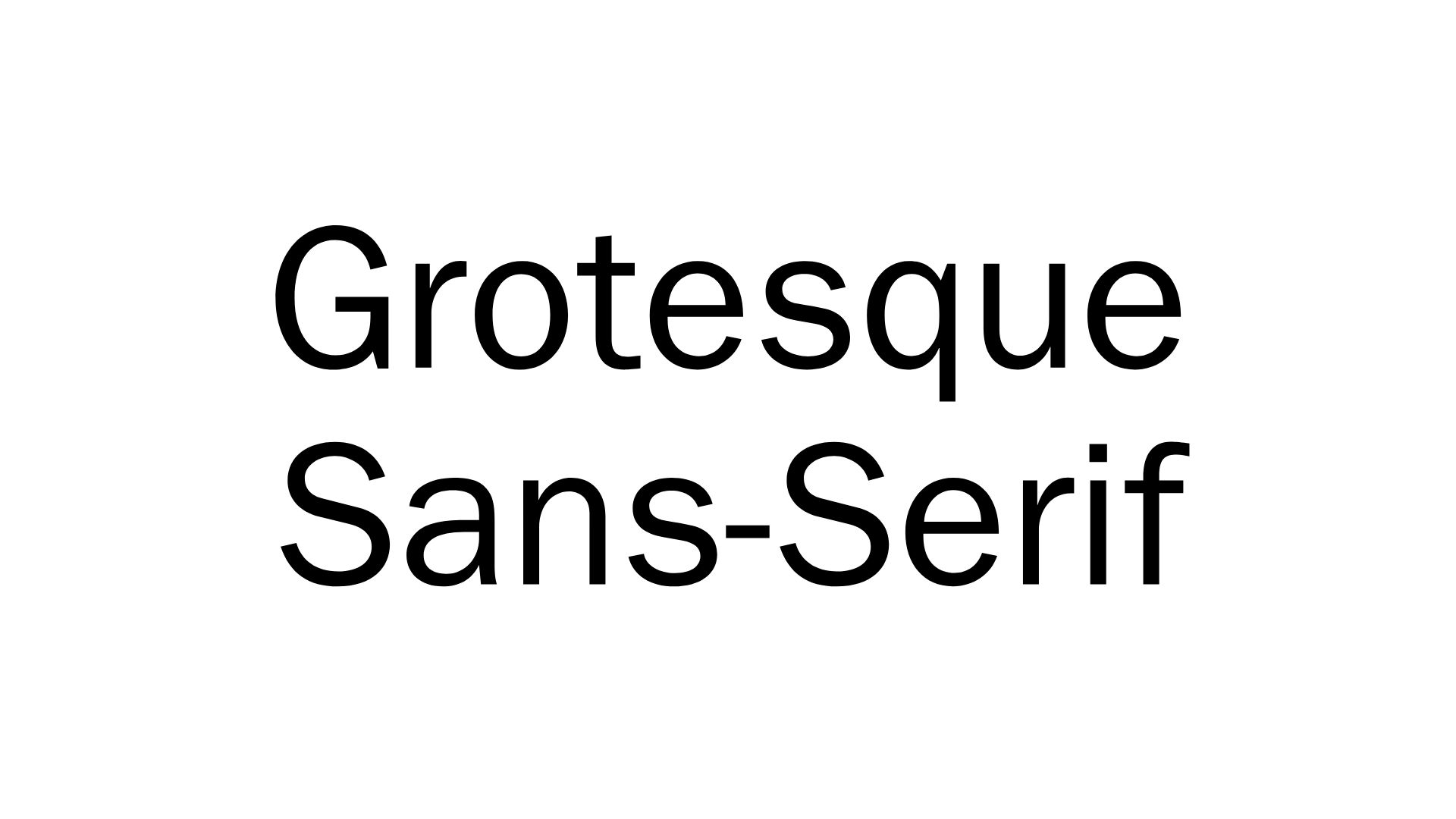
Grotesque Sans-Serif fonts are the earliest form of sans-serif fonts, featuring slightly awkward, eccentric designs.
They are often used in advertising and editorial design.
Examples include Franklin Gothic and Akzidenz-Grotesk.
- Characteristics: Slightly awkward, eccentric designs
- Common Uses: Advertising, editorial design
- Examples: Franklin Gothic, Akzidenz-Grotesk
15. Neo-Grotesque
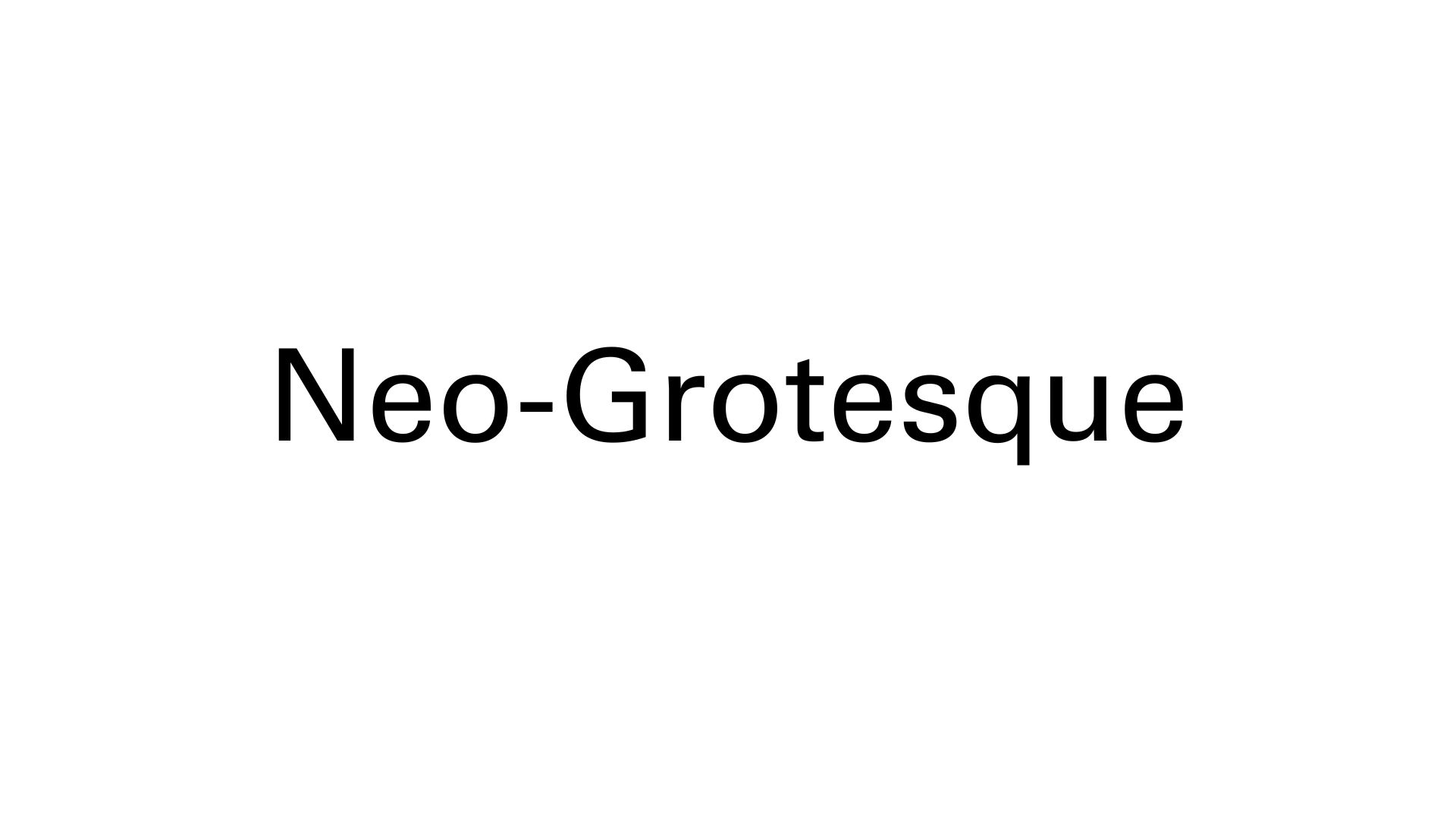
Neo-Grotesque fonts are a refined, modern take on Grotesque Sans-Serif fonts, characterized by clean lines and neutral shapes.
They are widely used in corporate branding and digital media.
Examples include Helvetica and Univers.
- Characteristics: Clean lines, neutral shapes
- Common Uses: Corporate branding, digital media
- Examples: Helvetica, Univers
16. Calligraphic

Calligraphic fonts are inspired by traditional calligraphy, featuring elegant, flowing lines.
They are often used in formal invitations, certificates, and wedding materials.
Examples include Zapfino and Bickham Script.
- Characteristics: Elegant, flowing lines
- Common Uses: Formal invitations, certificates, wedding materials
- Examples: Zapfino, Bickham Script
17. Decorative
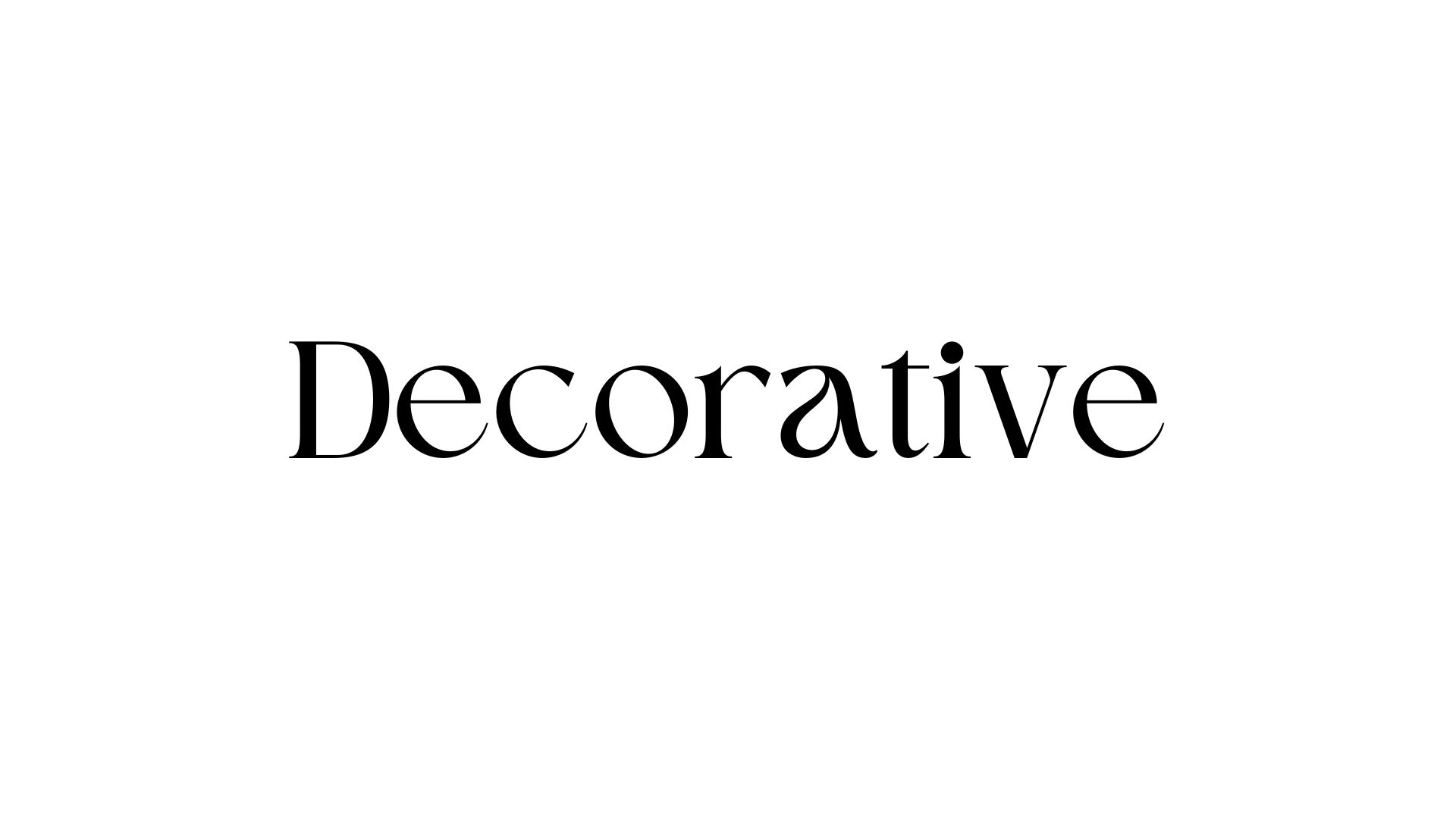
Decorative fonts are highly stylized and designed for specific themes or moods.
They are often used in logos, posters, and other creative projects where their unique designs can stand out.
Examples include Jokerman and Rosewood.
- Characteristics: Highly stylized, theme-specific
- Common Uses: Logos, posters, creative projects
- Examples: Jokerman, Rosewood
18. Rounded
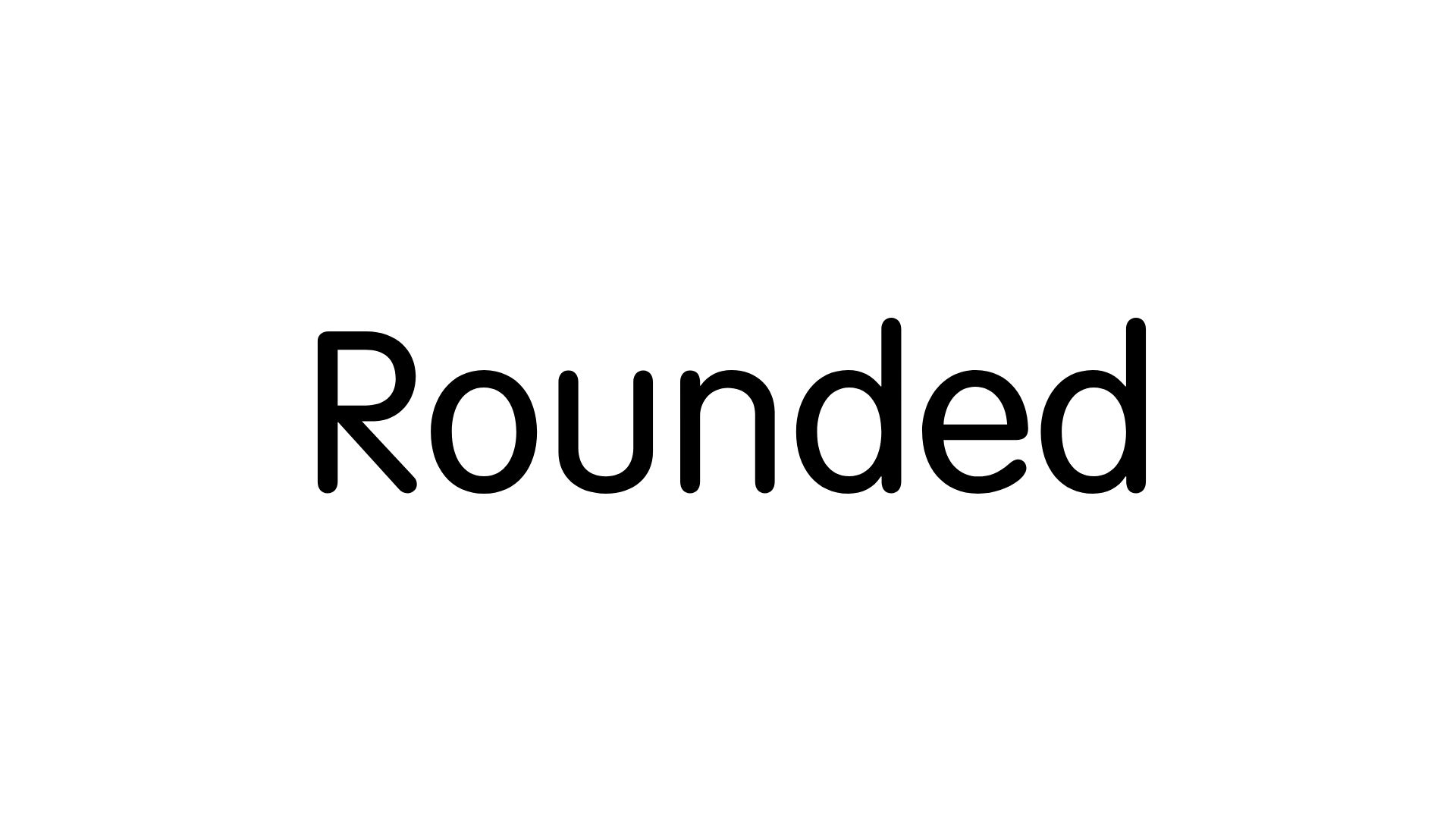
Rounded fonts are characterized by soft, curved edges, giving them a friendly and approachable appearance.
They are often used in branding and advertising for products aimed at a younger audience.
Examples include VAG Rounded and Arial Rounded.
- Characteristics: Soft, curved edges
- Common Uses: Branding, advertising, youth-oriented products
- Examples: VAG Rounded, Arial Rounded
19. Gothic
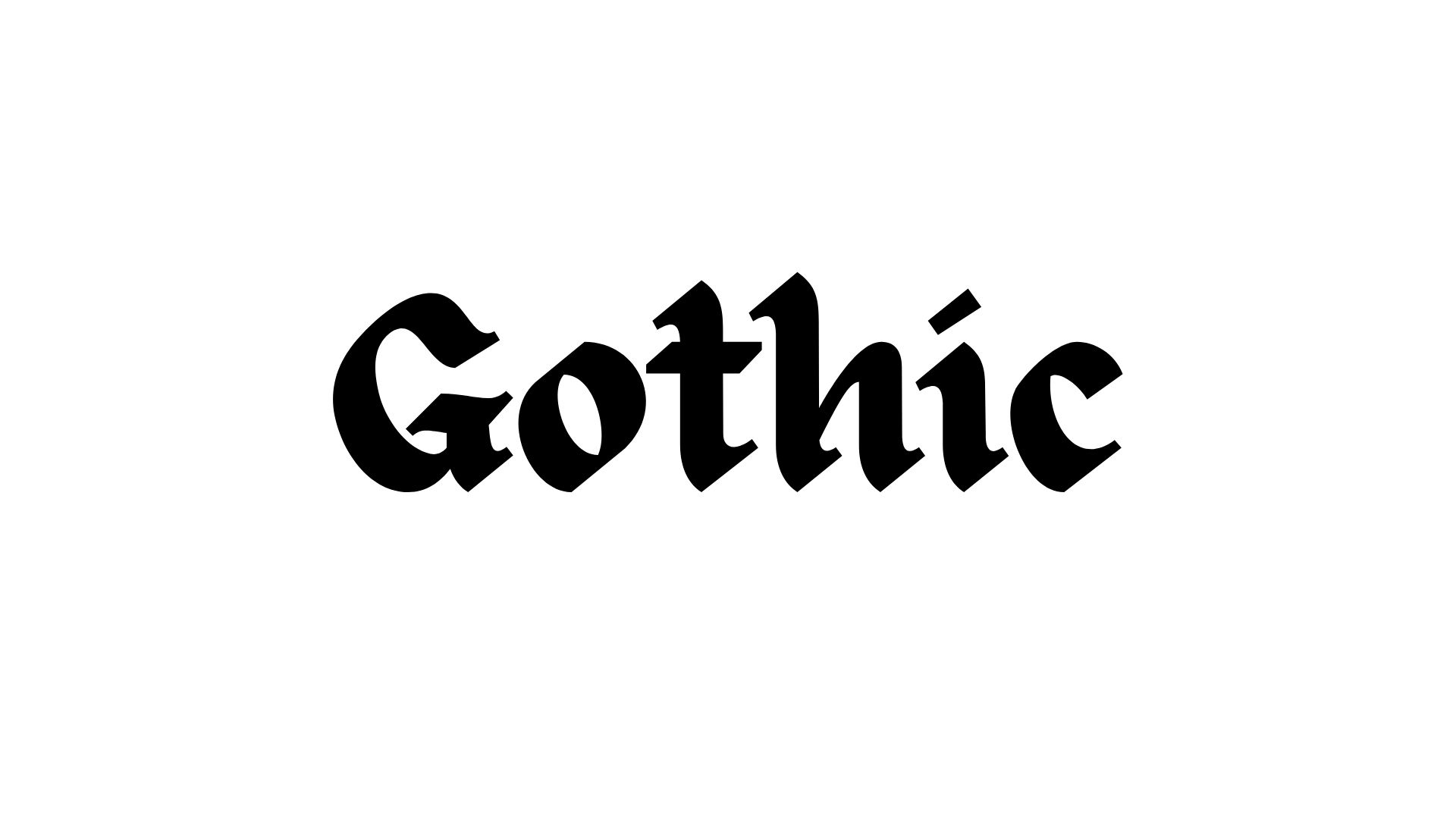
Gothic fonts, also known as Sans-Serif Blackletter fonts, combine elements of both sans-serif and blackletter styles.
They are often used in logos, album covers, and other designs with a dark, edgy aesthetic.
Examples include Cloister Black and Fette Fraktur.
- Characteristics: Combination of sans-serif and blackletter
- Common Uses: Logos, album covers, edgy designs
- Examples: Cloister Black, Fette Fraktur
20. Stencil

Stencil fonts are designed to look like they were cut from stencils, featuring bold, clean lines with breaks in the strokes.
They are often used in military-themed designs, signage, and industrial branding.
Examples include Stencil and Army.
- Characteristics: Bold, clean lines with breaks
- Common Uses: Military themes, signage, industrial branding
- Examples: Stencil, Army
21. Retro

Retro fonts evoke the styles of past decades, such as the 1950s or 1970s, with bold, nostalgic designs.
They are often used in vintage-themed posters, advertisements, and packaging.
Examples include Lobster and Pacifico.
- Characteristics: Nostalgic, bold designs
- Common Uses: Vintage-themed designs, posters, packaging
- Examples: Lobster, Pacifico
22. Grunge
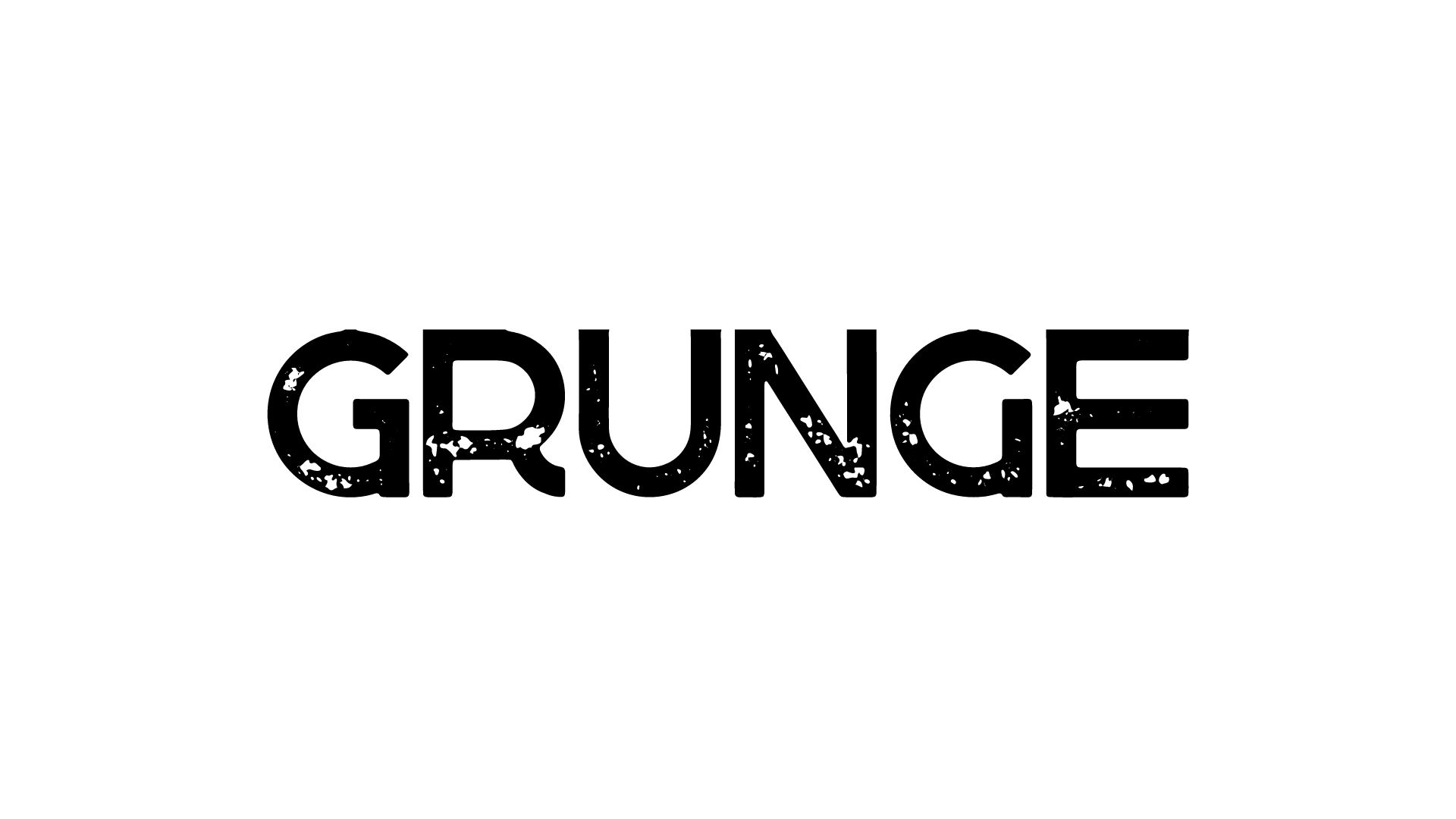
Grunge fonts are rough, distressed, and often irregular, giving them a rebellious and edgy look.
They are commonly used in music posters, album covers, and designs that require a gritty, raw aesthetic.
Examples include Trashhand and Bleeding Cowboys.
- Characteristics: Rough, distressed, irregular
- Common Uses: Music posters, album covers, gritty designs
- Examples: Trashhand, Bleeding Cowboys
23. Typewriter
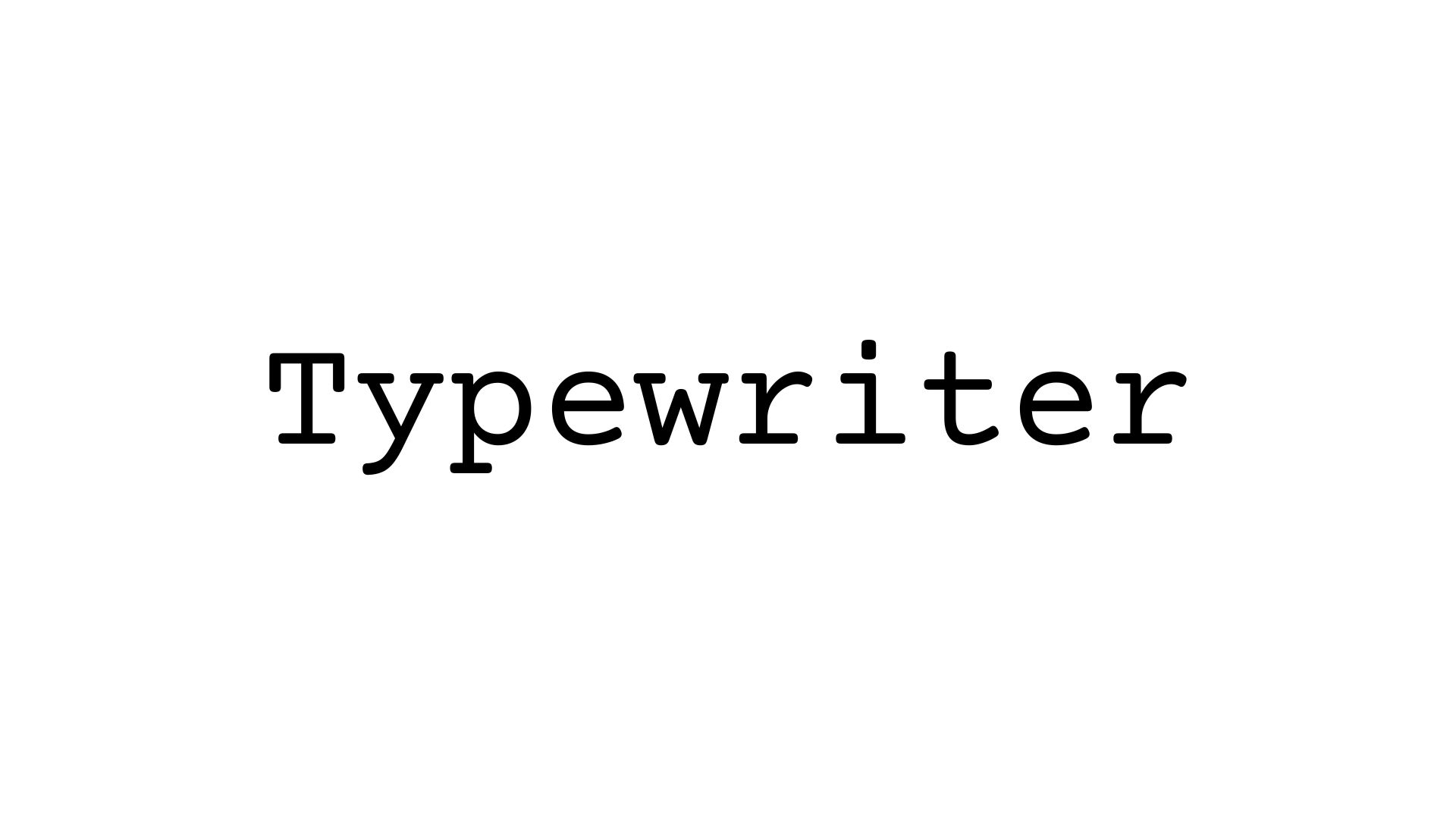
Typewriter fonts mimic the appearance of text produced by vintage typewriters, with monospaced characters and a slightly uneven, mechanical look.
They are often used in retro designs, screenplays, and documents that require a vintage feel.
Examples include Courier and American Typewriter.
- Characteristics: Monospaced, slightly uneven
- Common Uses: Retro designs, screenplays, vintage documents
- Examples: Courier, American Typewriter
24. Brush Script

Brush Script fonts mimic the appearance of text created with a brush, featuring bold, fluid strokes.
They are often used in logos, invitations, and designs that require a casual, artistic touch.
Examples include Brush Script and Pacifico.
- Characteristics: Bold, fluid strokes
- Common Uses: Logos, invitations, artistic designs
- Examples: Brush Script, Pacifico
25. Vintage

Vintage fonts evoke the styles of early 20th-century typography, often featuring ornate details and a sense of nostalgia.
They are commonly used in retro branding, posters, and packaging.
Examples include Old Standard and Bebas Neue.
- Characteristics: Ornate, nostalgic designs
- Common Uses: Retro branding, posters, packaging
- Examples: Old Standard, Bebas Neue
26. Slab Script
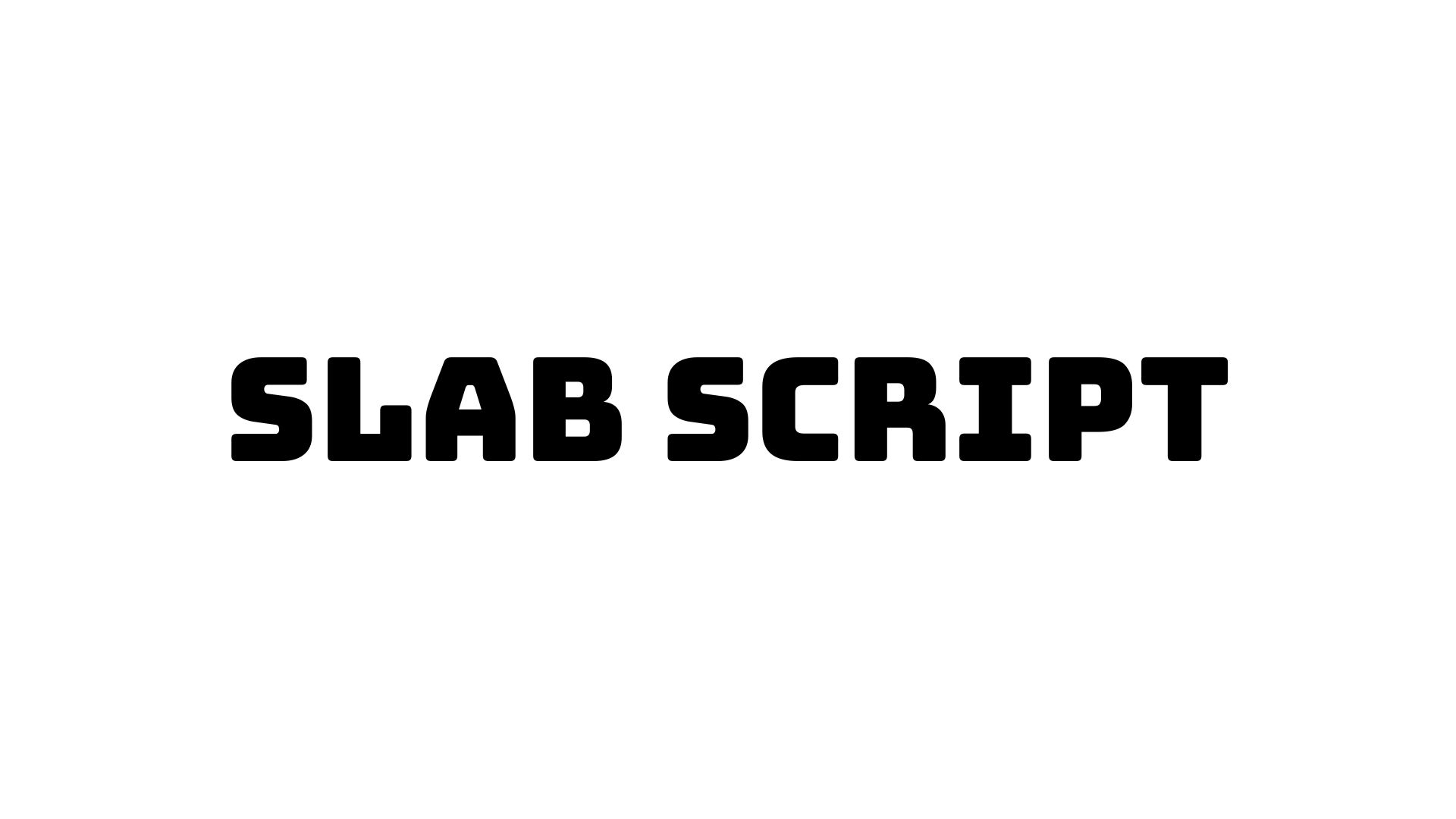
Slab Script fonts combine elements of slab serif and script styles, featuring bold, blocky letters with a handwritten feel.
They are often used in logos, headlines, and designs that require a bold, casual look.
Examples include Lobster and Bungee.
- Characteristics: Bold, blocky, handwritten feel
- Common Uses: Logos, headlines, bold designs
- Examples: Lobster, Bungee
27. Western
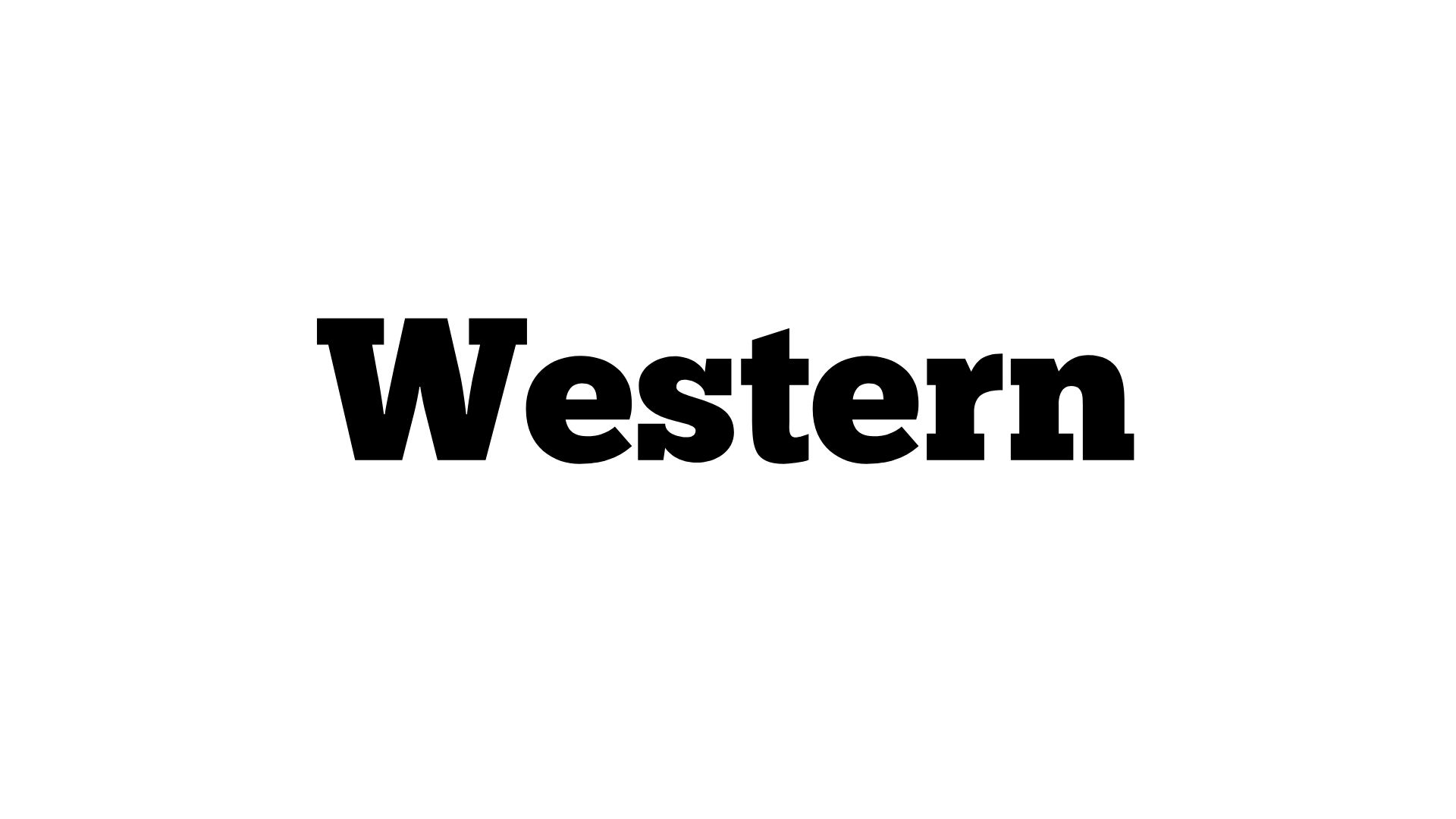
Western fonts are inspired by the typography of the American Old West, featuring bold, decorative letters with a rugged, vintage look.
They are often used in posters, signage, and themed designs.
Examples include Playbill and Mesquite.
- Characteristics: Bold, decorative, rugged
- Common Uses: Posters, signage, themed designs
- Examples: Playbill, Mesquite
28. Stencil Script
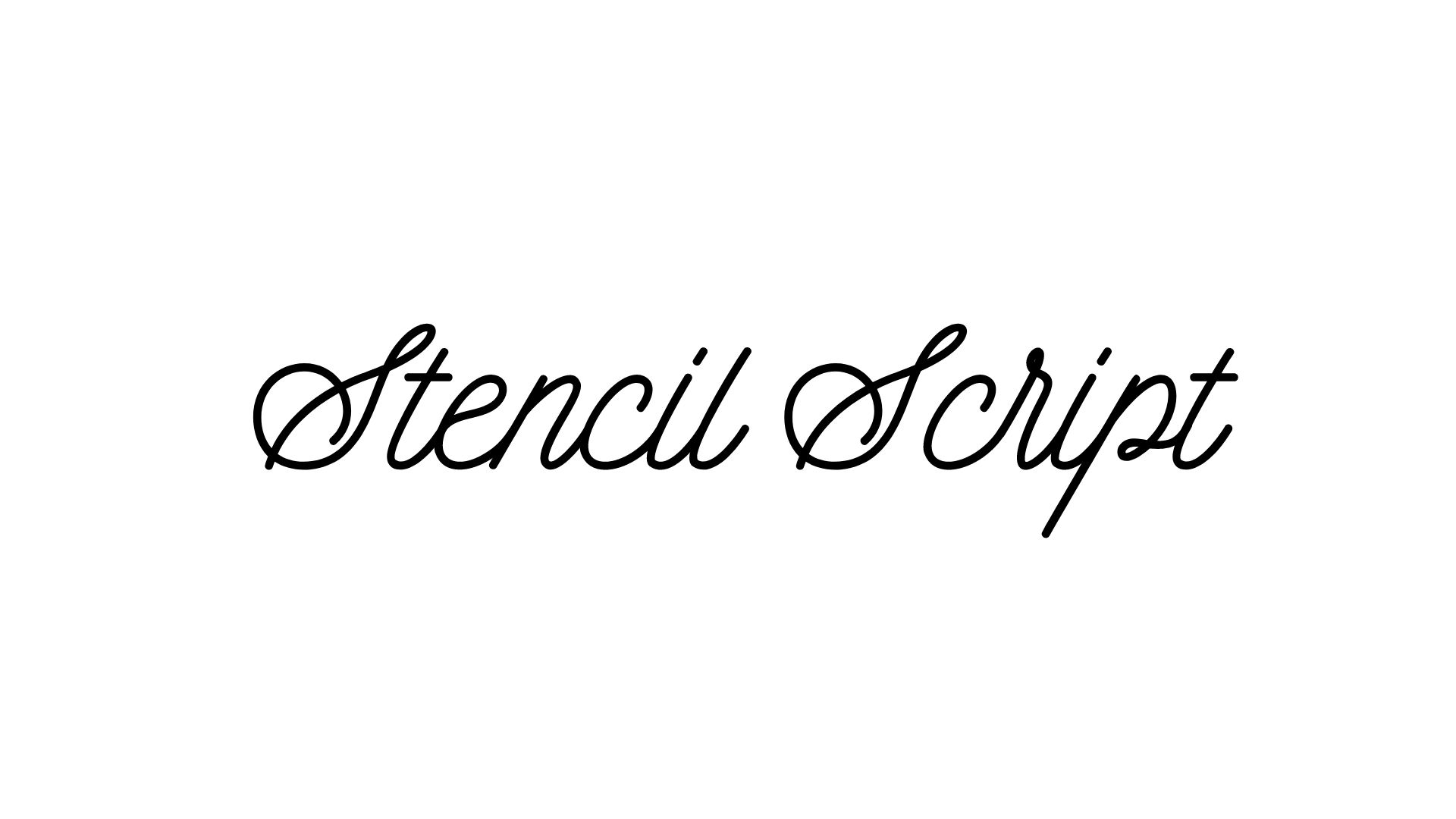
Stencil Script fonts combine the bold, clean lines of stencil fonts with the fluid, cursive style of script fonts.
They are often used in creative designs, logos, and branding that require a unique, eye-catching look.
Examples include Thirsty Script and Clarendon Stencil.
- Characteristics: Bold, cursive, clean lines with breaks
- Common Uses: Creative designs, logos, branding
- Examples: Thirsty Script, Clarendon Stencil
29. Layered
Layered fonts are designed for multiple layers, allowing designers to create depth and dimensionality in their typography.
They are often used in posters, signage, and designs that require a dynamic, textured look.
Examples include Lulo and Bonbon.
- Characteristics: Multi-layered, dimensional
- Common Uses: Posters, signage, dynamic designs
- Examples: Lulo, Bonbon
30. Pixel

Pixel fonts are characterized by their blocky, pixelated appearance, reminiscent of early digital screens and video games.
They are often used in retro-themed designs, digital art, and video game graphics.
Examples include Press Start and Arcade Classic.
- Characteristics: Blocky, pixelated
- Common Uses: Retro-themed designs, digital art, video games
- Examples: Press Start, Arcade Classic
Conclusion
Fonts are a fundamental design aspect, with each type serving a unique purpose.
From the classic Serif and Sans-Serif to the bold and creative Display and Pixel fonts, understanding these different styles can enhance your ability to communicate effectively through design.
Whether you’re working on a formal document, a creative project, or a digital interface, choosing the right font style can make all the difference in how your message is received.

